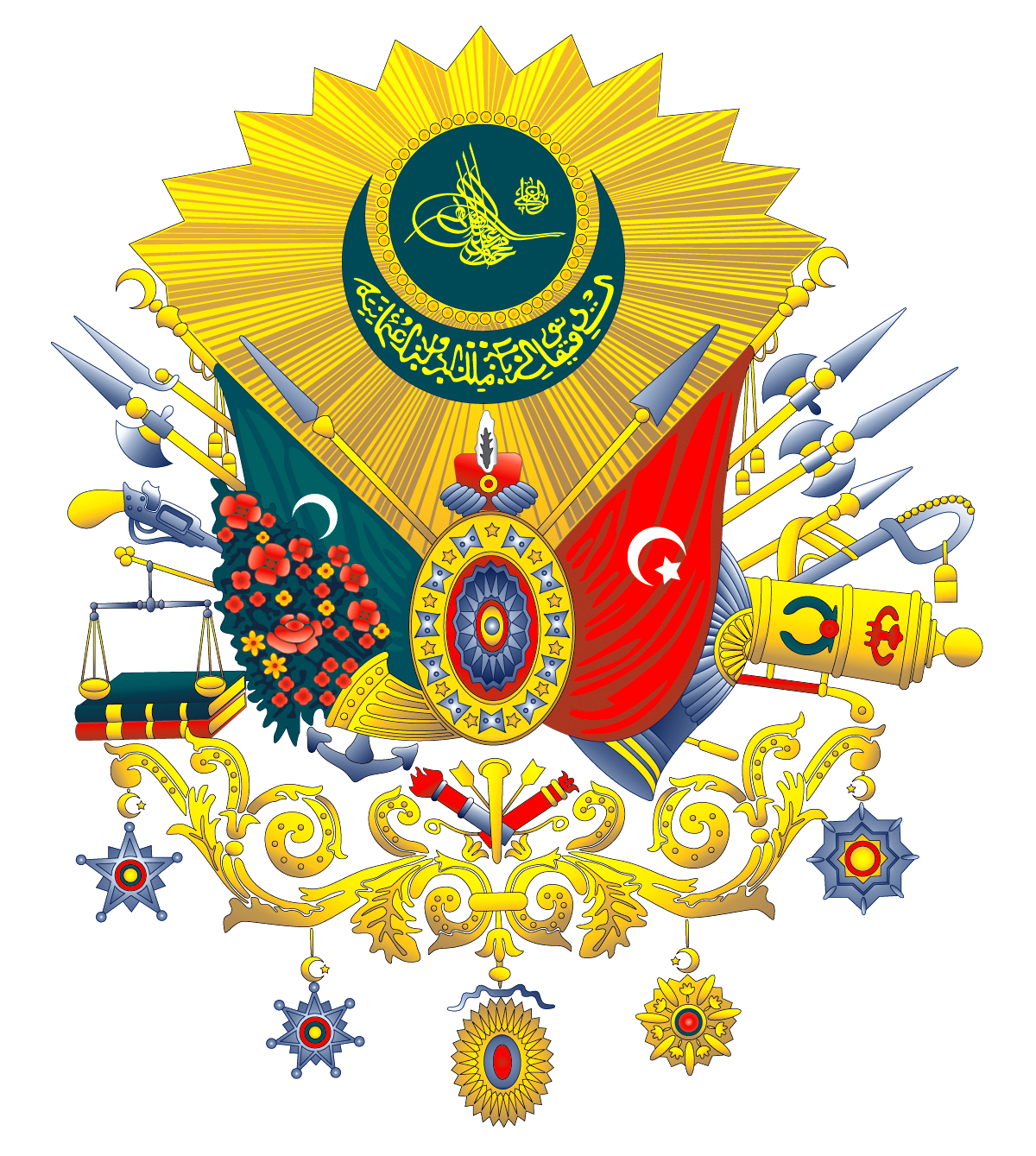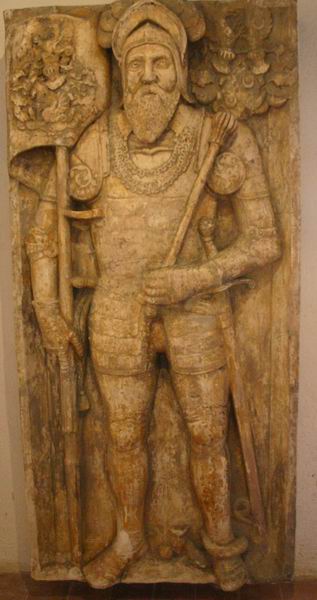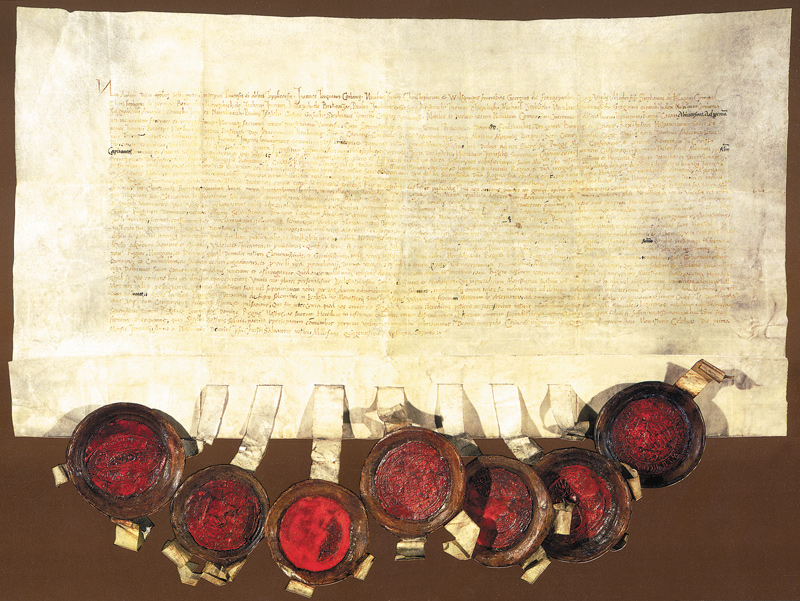|
Hundred Years' Croatian–Ottoman War
The Hundred Years' Croatian–Ottoman War ( hr, Stogodišnji hrvatsko-turski rat, links=no, Kratka politicka i kulturna povijest Hrvatske ''Stogodišnji rat protiv Turaka'', ''Stogodišnji rat s Osmanlijama'') is the name of a sequence of conflicts, mostly of relatively low intensity, ("Small War", Croatian: ''Mali rat'') between the Ottoman Empire and the Croatia in personal union with Hungary, medieval Kingdom of Croatia (ruled by the Jagiellon dynasty, Jagiellon and John Zápolya, Zápolya dynasties), and the later Kingdom of Croatia (Habsburg), Habsburg Kingdom of Croatia. Pope Leo X called Croatia in personal union with Hungary, Croatia the ''Antemurale Christianitatis'' ("Bulwark of Christianity") in 1519, given that Croatian soldiers made significant contributions to the struggle against the Ottoman Turk ... [...More Info...] [...Related Items...] OR: [Wikipedia] [Google] [Baidu] |
Battle Of Sisak
The Battle of Sisak was fought on 22 June 1593 between Ottoman Empire, Ottoman Bosnian forces and a combined Christian army from the Habsburg lands, mainly Kingdom of Croatia (Habsburg), Kingdom of Croatia and Inner Austria. The battle took place at Sisak, central Croatia, at the confluence of the Sava and Kupa River, Kupa rivers, on the borderland between Christian Europe and the Ottoman Empire. Between 1591 and 1593 the Ottoman military governor of Bosnia, Beylerbey, Beglerbeg Telli Hasan Pasha, attempted twice to capture the fortress of Sisak, one of the garrisoned castles that the Habsburgs maintained in Croatia as part of the Military Frontier. In 1592, after the key imperial fortress of Bihać fell to the Turks, only Sisak stood in the way before Croatia's main city Zagreb. Pope Clement VIII called for a Christian league against the Ottomans, and the Sabor recruited in anticipation a force of about 5,000 professional soldiers. On 15 June 1593, Sisak was once again besieged b ... [...More Info...] [...Related Items...] OR: [Wikipedia] [Google] [Baidu] |
Kingdom Of Hungary (1526–1867)
The Kingdom of Hungary between 1526 and 1867 existed as a state outside the Holy Roman Empire, but part of the lands of the Habsburg monarchy that became the Austrian Empire in 1804. After the Battle of Mohács in 1526, the country was ruled by two crowned kings (John Zápolya, John I and Ferdinand I, Holy Roman Emperor, Ferdinand I). Initially, the exact territory under Habsburg rule was disputed because both rulers claimed the whole kingdom. This unsettled period lasted until 1570 when John Sigismund Zápolya (John II) abdicated as King of Hungary in Maximilian II, Holy Roman Emperor, Emperor Maximilian II's favor. In the early stages, the lands that were ruled by the Habsburg Hungarian kings were regarded as both the "Kingdom of Hungary" and "Royal Hungary". Royal Hungary was the symbol of the continuity of formal law after the Ottoman occupation, because it could preserve its legal traditions, but in general, it was ''de facto'' a Habsburg province.Raphael PataThe Jews of Hun ... [...More Info...] [...Related Items...] OR: [Wikipedia] [Google] [Baidu] |
Tamás Erdődy
Count Tamás Erdődy de Monyorókerék et Monoszló (, ; 1558 – 17 January 1624), also anglicised as Thomas Erdődy, was a Hungarian-Croatian nobleman, who served as Ban of Croatia between 1583-1595 and 1608-1615 and a member of the Erdődy magnate family. He scored significant victories in wars against the Ottoman Empire's armies. Biography Tamás Erdődy was born in 1558 as the son of former ban Péter Erdődy and Margit Tahy. He had two siblings. He married Maria Ungnad, the daughter of Croatian ban Krsto Ungnad, they had three sons (including ban Zsigmond Erdődy) and four daughters. Through his sons, Tamás Erdődy was also a grandfather of Hungarian nobles György Erdődy and Imre Erdődy.Markó, László: ''A magyar állam főméltóságai Szent Istvántól napjainkig - Életrajzi Lexikon''. (2nd edition); Helikon Kiadó Kft., 2006, Budapest; . p. 354. He succeeded his father-in-law Krsto Ungnad as Ban of Croatia in 1583. His first victory occurred at the battle of Sl ... [...More Info...] [...Related Items...] OR: [Wikipedia] [Google] [Baidu] |
Ivan Lenković
Ivan Lenković (died 22 June 1569) was a Habsburg Croatian army general and the leader of the Uskoks. He carried the title of baron. He is noted for the construction of Nehaj Fortress and as a captain of the Senj area.Bousfield (2003), p. 227. He also contributed in organizing the Military Frontier. During the Ottoman wars in Europe, Klis Fortress was on 7 April 1569, liberated by Split noblemen Ivan Alberti and Nikola Cindro.Listeš (1998), pp. 1–169. Bey Mustafa responded by bringing under Klis Fortress more than 10,000 soldiers. General Ivan Lenković with 1,000 uskoks came in relief, to some 1500 Klis defenders. During the battle, Ivan Lenković withdrew, after he himself was wounded, and the fortress was delivered to the Turks, on 31 May. But this temporary relief resound in Europe, and among the local population. He died in Metlika on 22 June 1569 and is buried in Novo Mesto Franciscan Church. See also *Uskoks *Fortress Nehaj *Petar Kružić Petar Kružić ( ... [...More Info...] [...Related Items...] OR: [Wikipedia] [Google] [Baidu] |
Nikola IV Zrinski
Nikola IV Zrinski or Miklós IV Zrínyi ( hu, Zrínyi Miklós, ; 1507/1508 – 7 September 1566), also commonly known as Nikola Šubić Zrinski (), was a Croatian nobleman and general, Ban of Croatia from 1542 until 1556, royal master of the treasury from 1557 until 1566, and a descendant of the Croatian noble families Zrinski and Kurjaković. During his lifetime the Zrinski family became the most powerful noble family in the Kingdom of Croatia. Zrinski became well known across Europe for his involvement in the siege of Szigetvár (1566), where he heroically died stopping Ottoman Empire's Sultan Suleiman the Magnificent's advance towards Vienna. The importance of the battle was considered so great that the French clergyman and statesman Cardinal Richelieu described it as "the battle that saved civilization".Timothy H ... [...More Info...] [...Related Items...] OR: [Wikipedia] [Google] [Baidu] |
Nikola Jurišić
Baron Nikola Jurišić ( hu, Jurisich Miklós; – 1545) was a Croatian nobleman, soldier, and diplomat. Early life Jurišić was born in Senj, Croatia. He is first mentioned in 1522 as an officer of Ferdinand I of Habsburg's troops deployed in Croatian forts in defense against the invasion of the Ottoman Empire under Suleiman I, advancing towards Vienna. Between 1522 and 1526, he obtained knighthood.Nikola Jurišić in the (in Croatian) After the in 1526, the king made him the supreme army commander of the ... [...More Info...] [...Related Items...] OR: [Wikipedia] [Google] [Baidu] |
Johann Katzianer
Johann Katzianer ( sl, Ivan Kacijanar), or Hans Katzianer, Freiherr zu Katzenstein und Fledingen (1491, Begunje (german: Vigaun) – 27 October 1539, Hrvatska Kostajnica) was a Carniolan aristocrat and an Imperial Army commander. History He is first mentioned in 1527 when Ferdinand I, Holy Roman Emperor gathered an army to support his claims on the throne of Hungary, which had become vacant after King Louis II of Hungary was killed in the Battle of Mohács (1526) against the Ottomans. Katzianer took part in Ferdinand's Hungarian campaign of 1527–1528 against the voivode of Transylvania, John Zápolya, who had also been proclaimed King, supported by a large faction of the nobility in the Hungarian kingdom. Katzianer distinguished himself in the Battle of Tarcal in September 1527 and especially in the Battle of Szina in March 1528, but alienated himself from the population by the violence and misbehavior of his troops. In 1529 he participated in the Siege of Vienna against S ... [...More Info...] [...Related Items...] OR: [Wikipedia] [Google] [Baidu] |
Banner Of The Holy Roman Emperor Without Haloes (1400-1806)
A banner can be a flag or another piece of cloth bearing a symbol, logo, slogan or another message. A flag whose design is the same as the shield in a coat of arms (but usually in a square or rectangular shape) is called a banner of arms. Also, a bar-shaped piece of non-cloth advertising material sporting a name, slogan, or other marketing message is also a banner. Banner-making is an ancient craft. Church banners commonly portray the saint to whom the church is dedicated. The word derives from Old French ''baniere'' (modern french: bannière), from Late Latin ''bandum'', which was borrowed from a Germanic source (compare got, 𐌱𐌰𐌽𐌳𐍅𐌰, translit=bandwa). Cognates include Italian ''bandiera'', Portuguese ''bandeira'', and Spanish ''bandera''. Vexillum The vexillum was a flag-like object used as a military standard by units in the Ancient Roman army. The word ''vexillum'' itself is a diminutive of the Latin ''velum'', meaning a sail, which confirms the histo ... [...More Info...] [...Related Items...] OR: [Wikipedia] [Google] [Baidu] |
Christoph Frankopan
Christoph Frankopan ( hr, Krsto Frankopan Brinjski, hu, Frangepán Kristóf; it, Cristoforo Frangipani; 1482 – 22 September 1527) was a Croatian count from the noble House of Frankopan. As a supporter of King John I of Hungary during the succession crisis between John Zápolya and Ferdinand I, Holy Roman Emperor, Ferdinand Habsburg, he was named the ban of Croatia in 1526, and died in battle fighting alongside supporters of Zápolya. Life Frankopan was born in 1482, son of the Croatian nobleman Bernardin Frankopan (1452–1529), a loyal man to the King Matthias Corvinus of Hungary, and Luisa of Aragon. Decades later, after the death of the King Matthias, the Hungarian crown passed to the Polish-Lithuanian House of Jagiellon with Vladislas II of Hungary in 1490. Christoph grew loyal to the new King and decades later bravely fought against Venice and the Ottoman Empire under emperor Maximilian I, Holy Roman Emperor, Maximilian I and Louis II of Hungary (Vladislas II's son). ... [...More Info...] [...Related Items...] OR: [Wikipedia] [Google] [Baidu] |
Petar Kružić
Petar Kružić (died 1537) was a Croatian knez, captain, soldier and defender of Klis, and the captain of Senj. In the early 16th century Petar Kružić ''(knez of Klis)'' defended the Klis Fortress against Turk invasion. He died in 1537 trying to break yet another siege of the Turks. After his death, the Klis defenders agreed to give the fortress to the Ottomans in exchange for their women, children and their own lives. In this way, the Ottomans finally conquered the Klis Fortress after almost two and a half decades of its successful defense. Origin He was a native of Krug in Nebljuh, a district of the same-titled tribe in the župa of Lapac in Lika. However, later chroniclers, and historians, mostly for local patriotic reasons, tried to appropriate and present him as one of their countrymen because he enjoyed incredible popularity as an anti-Ottoman fighter, especially in the areas from which Klis defenders came ( Poljica). Military career He began his military car ... [...More Info...] [...Related Items...] OR: [Wikipedia] [Google] [Baidu] |
Petar Berislavić
Petar Berislavić (or Péter Beriszló in Hungarian) (Trogir, 1475 – 20 May 1520), a member of the Berislavići Trogirski noble family, was the Ban (title), ban (viceroy) of Croatia from 1513 to 1520 and also bishop of Veszprém. Petar was born in Trogir. Before he became ban he rose to the title of bishop of Veszprém in the Roman Catholic Church. He is most known for being one of the leaders of the Croats during the Ottoman Empire, Ottoman invasions into their territory. He is also said to have been an associate of the writer Marko Marulić. Petar had two decisive victories against the Ottoman force. The first in 1513 at the battle of Dubica and the second in 1518 near Jajce. In 1520 he was killed and beheaded after the battle of Plješevica between Bihać and Korenica. References [...More Info...] [...Related Items...] OR: [Wikipedia] [Google] [Baidu] |
Ivan Karlović
Ivan Karlović (c. 1485 – 9 August 1531), also known as by his Latin name ''Johannes Torquatus'', was the Count of Krbava, and Ban of Croatia from 1521 to 1524 and again from 1527 to 1531. In defense against Ottoman Empire expansion, he lost most of his personal holdings. He was the last male descendant of the Kurjaković family from the noble tribe of Gusić, and after his death the estates went to Nikola III Zrinski who married his sister Jelena Kurjaković. Karlović is positively remembered in the Croatian folk poetry. Early life Ivan was born c. 1485 in Udbina, as the son of Karlo Kurjaković, and Dorothea Frankopan. After his father's death in 1493, he inherited vast estates of the family, including županijas Krbava, Odorje, Hotuča, Lapac, part of Lika and several fortified cities in near županijas, as well the title of the Count of Krbava. During his lifetime, in a similar fashion to other Croatian and European noblemen, had an anachronistic tendency to trace his f ... [...More Info...] [...Related Items...] OR: [Wikipedia] [Google] [Baidu] |





